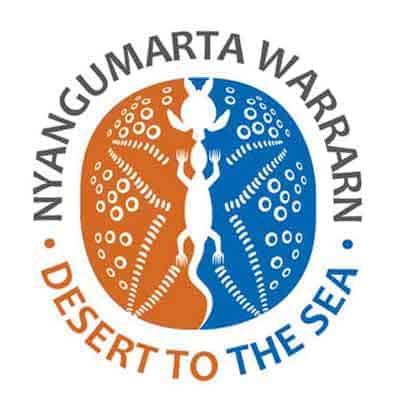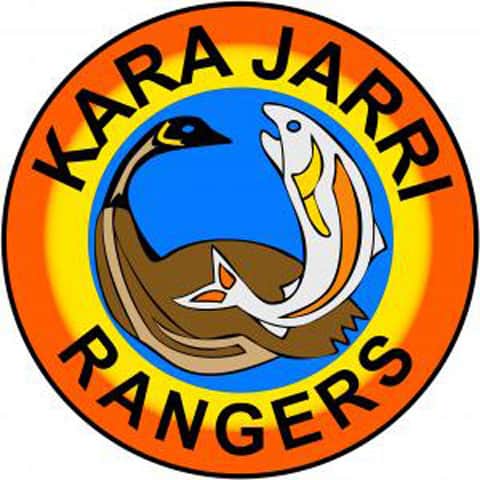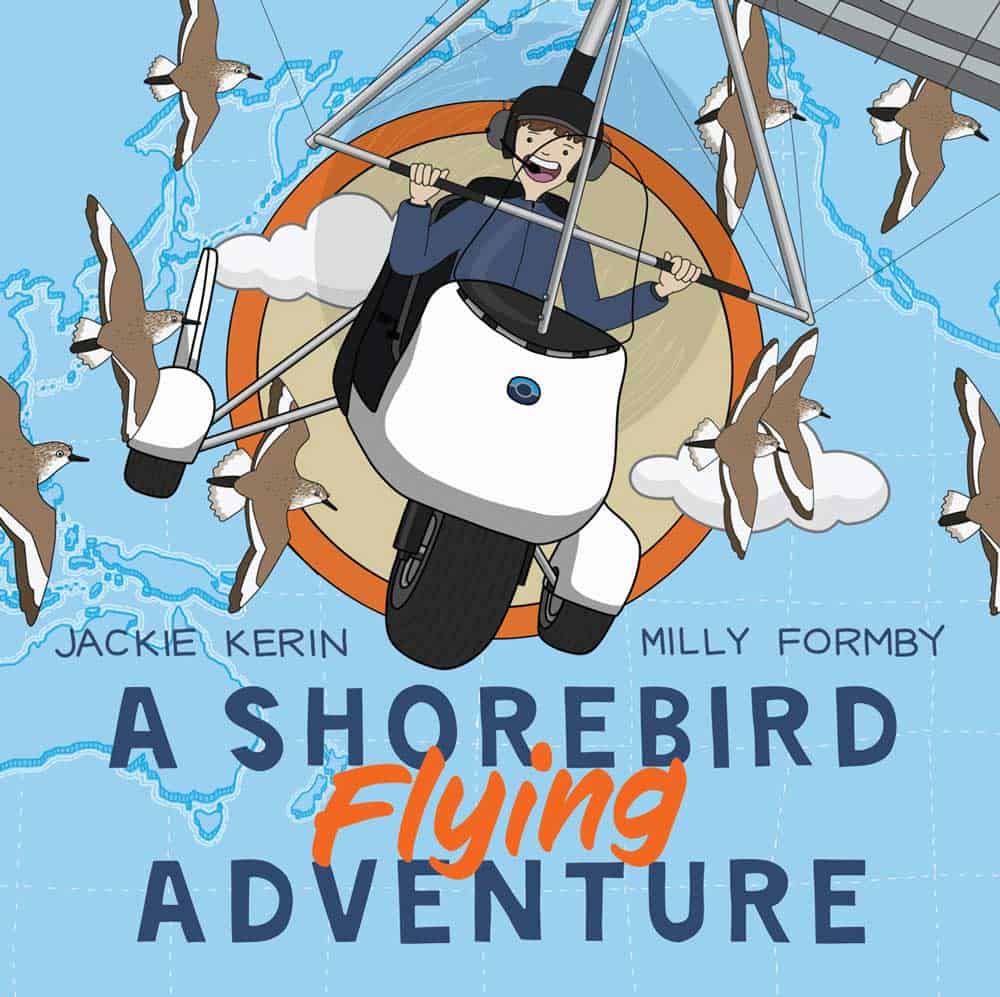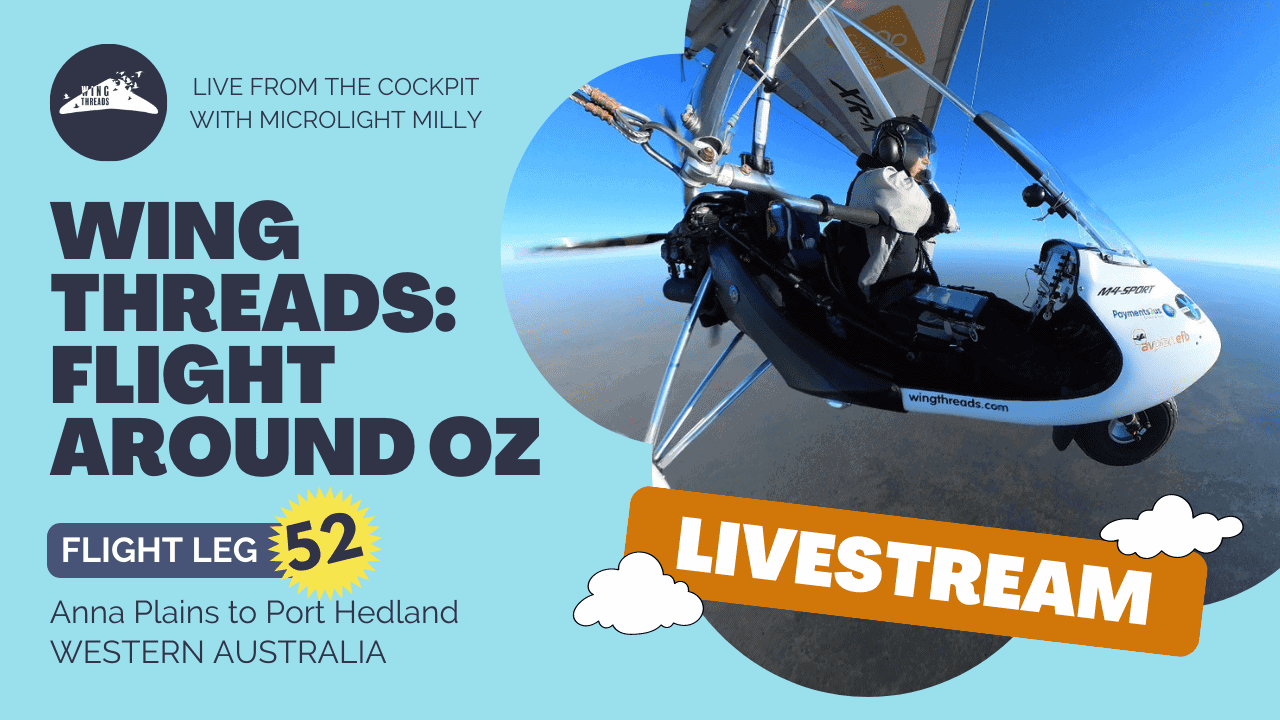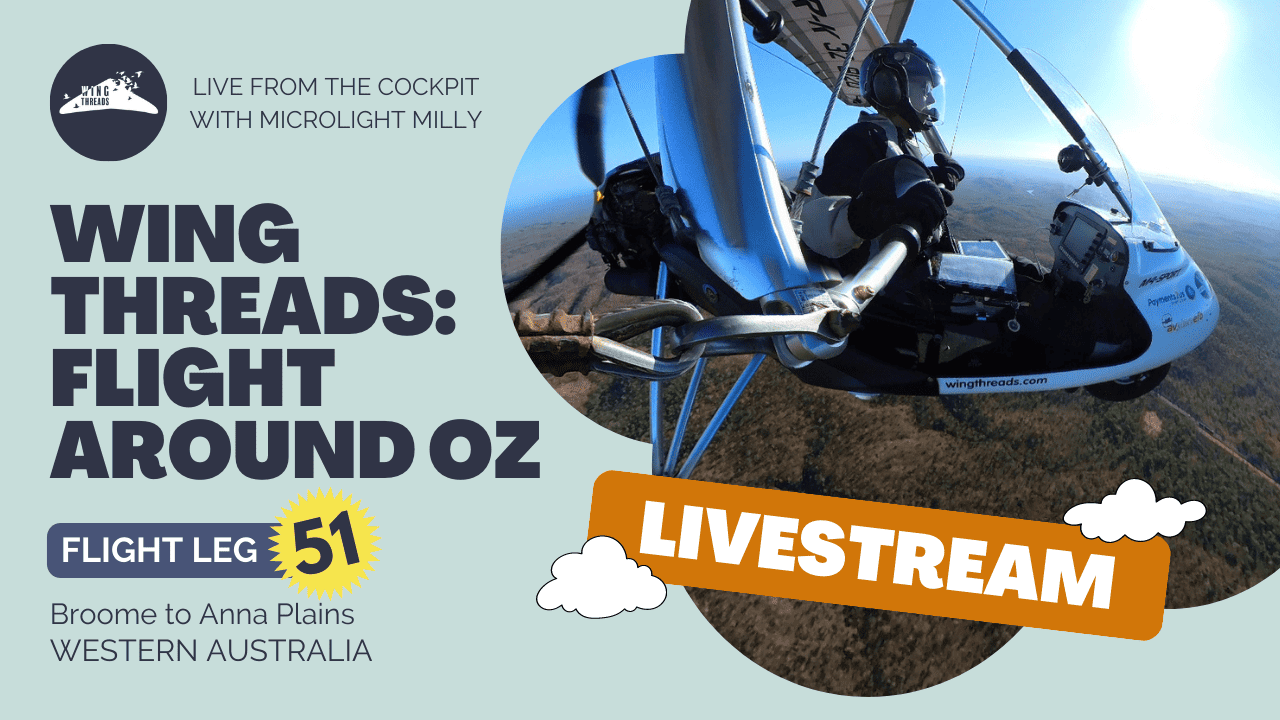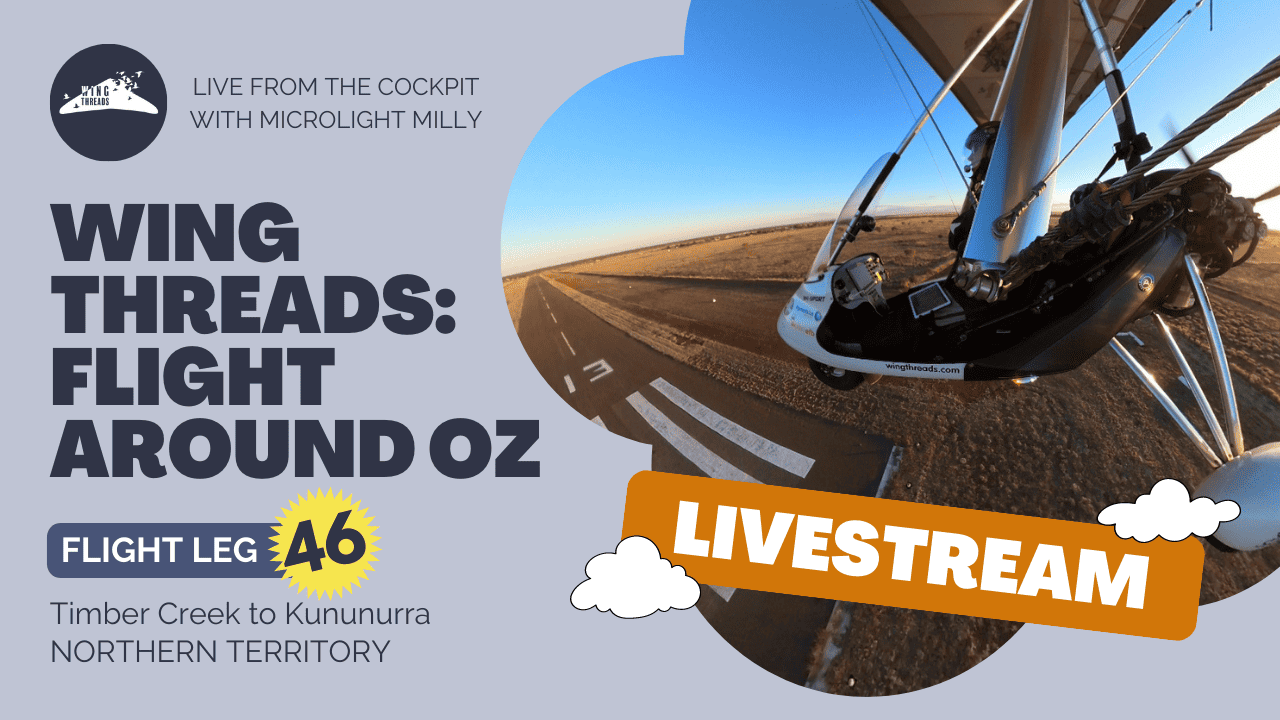Continuing north
Both Whimbrel KU and LA progressed rapidly to the north over the past week with LA reaching as far as Russia (Figure 1.)!
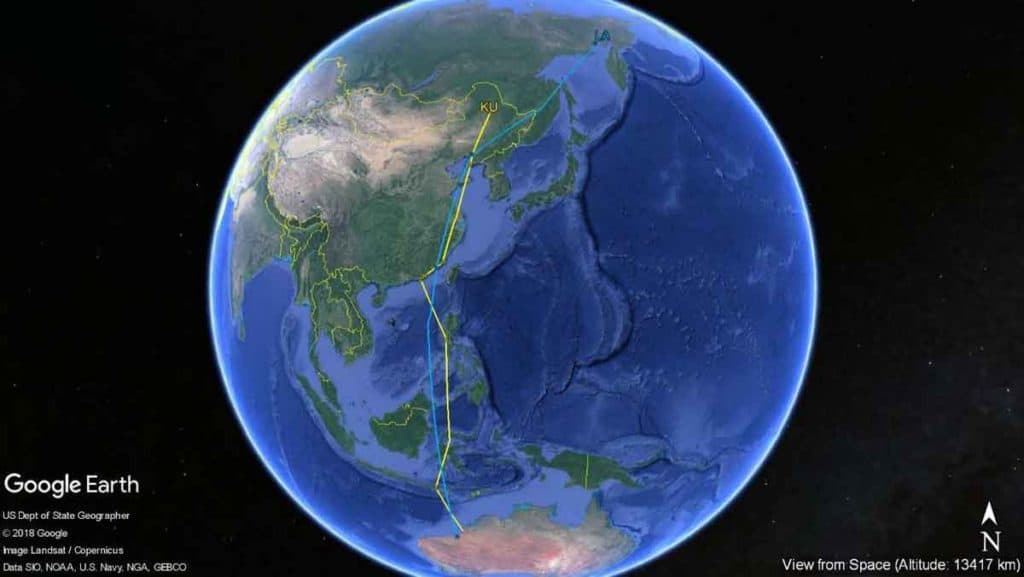

KU departed Putian, Fujian Province on 18 May evening after 4-days stop-over. On 21 May, Chinese bird-watcher and waterbird surveyor Zhang Lin was on a ferry trip from Dalian, Liaoning Province to Yantai, Shandong Province. Besides some Streaked Shearwaters and migrating raptors (falcons and harriers), he also saw a flock of Whimbrel migrating north near Dalian (Figure 2.). That was the day when transmitter signals showed KU was migrating across the strait to arrive in Dalian!
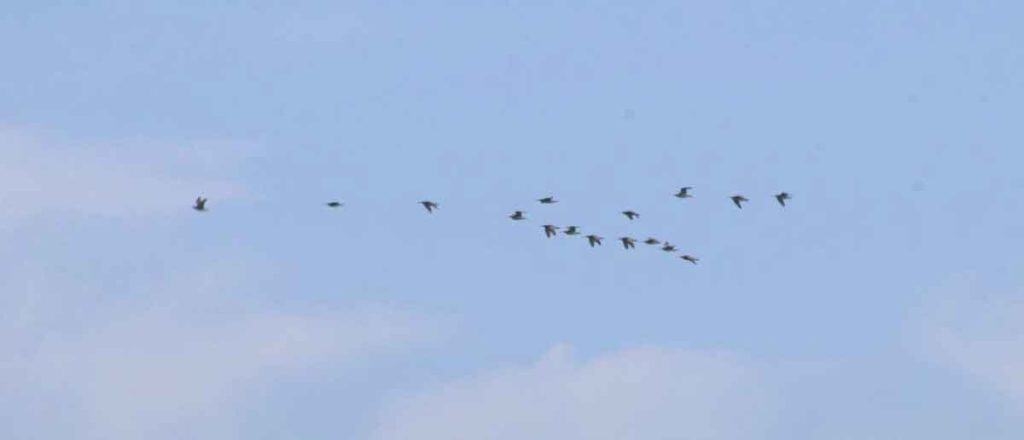
Similar migration pathways were also observed for Whimbrel LA and other Whimbrels carrying transmitters under a tracking project by Prof. Ma Zhijun’s team at Fudan University (Figure 3.).
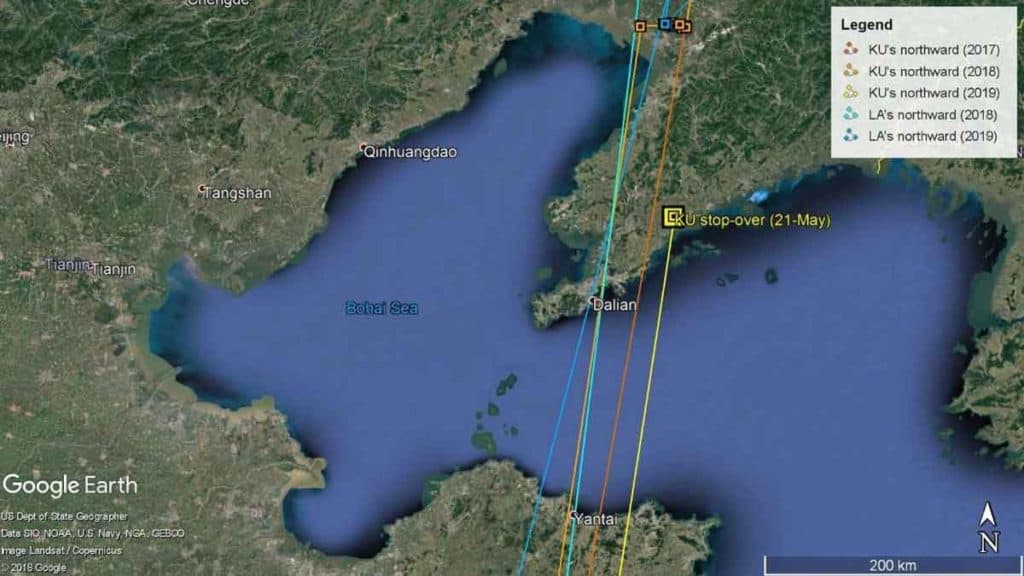

Whimbrel KU
Just after one day, KU arrived at rice paddies area in Panjin close to where LA stopped-over earlier. KU has abandoned its familiar stop-over site 25km south near Yingkou where it has spent 11 and 6 days respectively in 2017 and 2018. Yet KU didn’t stay long at Panjin like the previous 2 years and departed on the same day as it arrived on 23 May (Figure 4.).
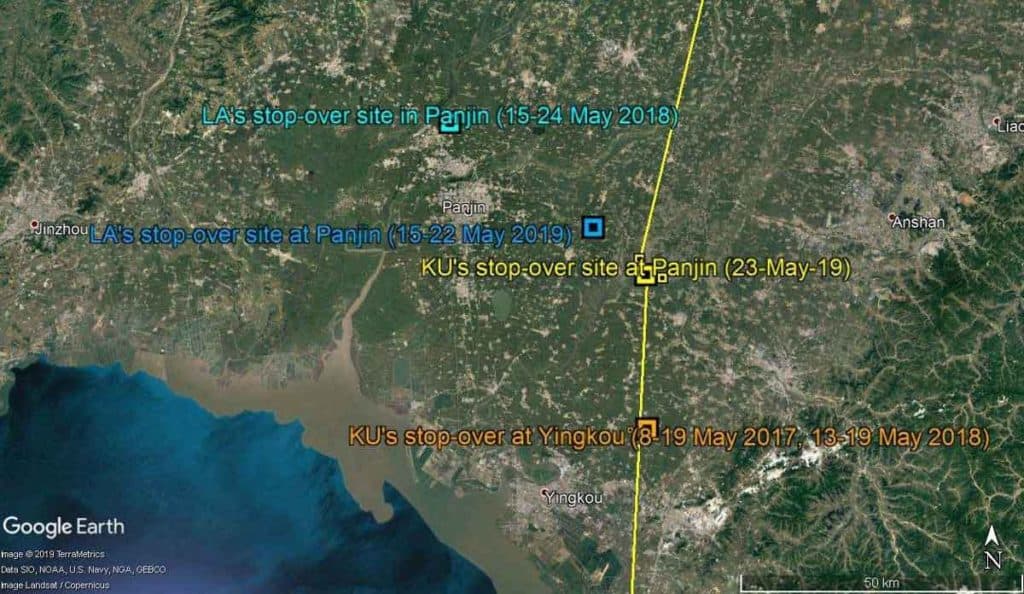
As per Liaoning Meteorological Bureau website, rainfall in Panjin and Yingkou had been very low and drought condition had impact on agriculture activities. It is possible that the shallow water rice paddy habitats were not available to these birds this year. KU carried on migrating north and arrived Qiqihar, Heilongjiang Province on 25th May.
Whimbrel LA
LA has progressed even quicker than KU. Before KU arrived in Panjin, LA had already left and flown north- east to arrive in Magadan, Russia on 26th May (Figure 5.). The maximum speed recorded in flight was 48km/hour!
LA arrived in Russia 2 days earlier than last year. Will this lead to better breeding success compared to last year?
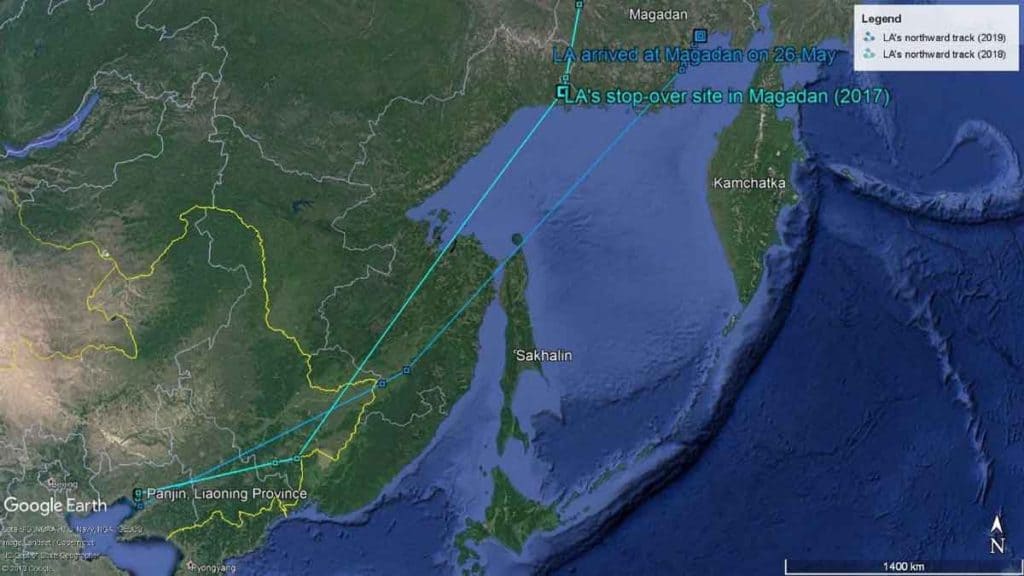
Acknowledgements
Clive Minton
The extensive and expensive satellite tracking program we have set up in NWA has only been possible through the efforts and generosity of a large number of people and organizations. It is difficult to know where to start with the formal acknowledgements so I will list them – but not in any particular order of priority.
- The members of the AWSG NWA 2019 Wader and Tern Expedition and similar NWA expeditions in previous years, are particularly thanked for their efforts in the field in catching, banding and deploying transmitters on a range of species.
- Landowners are especially thanked for permission to go onto their property to enable us to catch various species in order to deploy the satellite transmitters. In particular we thank Anna Plains Station for giving us the freedom to roam over large areas of grazed grassland when counting and catching target species.
- AWSG acknowledges the Yawuru People via the offices of Nyamba Buru Yawuru Limited for permission to catch birds on the shores of Roebuck Bay, traditional lands of the Yawuru people.
- AWSG acknowledges the Karajarri and Nyangumarta people for permission to catch birds to be marked for this project on the shores of 80 Mile Beach, traditional lands of the Karajarri and Nyangumarta.
- The cost of the satellite transmitters, which cost around $5000 each, and the satellite downloading costs (around $1000-1500 per month) have been met by a variety of sources. Private individuals (Charles Allen and Doris Graham) have made most generous individual contributions. Kate Gorringe-Smith and her team of artists involved in The Overwintering Project made a large, generous donation from funds raised during their various public exhibitions. The annual NWA Expedition members, collectively, also provided significant funds each year.

